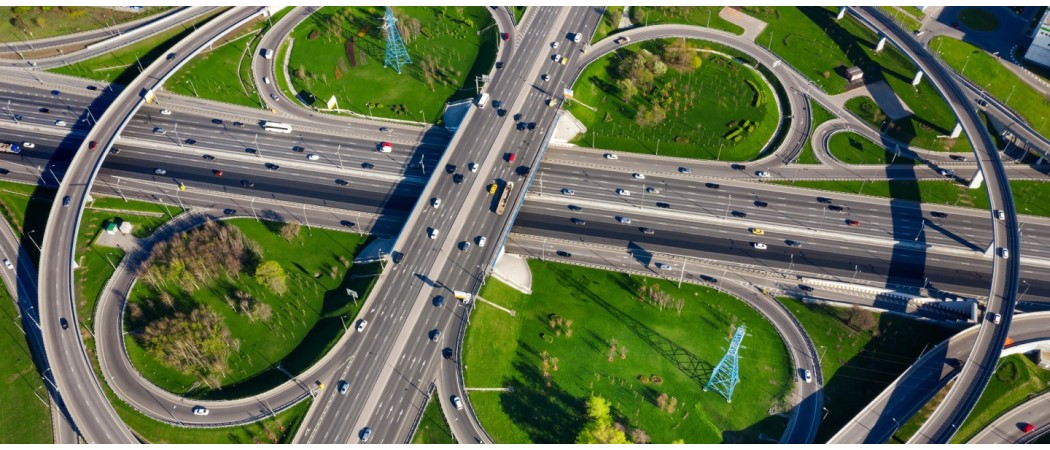
Photo: UEF website.
The University of Eastern Finland is involved in the four-year GoverMat project that examines the circular economy of critical materials used in e-mobility applications. These include batteries, battery materials, electronic components, and permanent magnets. Aalto University, the University of Oulu and a number of international partners are also participating in the project, which is coordinated by VTT.
Researchers in environmental policy and business studies at the University of Eastern Finland are involved in two work packages.
“There is an urgent need to develop battery recycling for electric cars. In this project, we explore local, national and EU-level policy governance and the development of new business ecosystems. We conduct research in close interaction with a few urban areas and various stakeholders,” says Rauno Sairinen, Professor of Environmental Policy at the University of Eastern Finland.
Finland's goal is a carbon-neutral circular economy society in 2035. The degree of the circular economy in materials should double by 2035. There are also ambitious targets for the electrification of transport.
"In order to achieve the goals set for a sustainable society, it is important to create an overall picture of policy measures, markets, material flows, the balance between supply and demand for raw materials and technological solutions that affect the use and recycling of critical raw materials," says Research Professor Elina Huttunen-Saarivirta from VTT.
There are several reasons for the criticality of raw materials used in e-mobility applications. Their reserves may be scarce globally or concentrated in geographically challenging areas. In addition, the need for metals is projected to grow strongly with new applications, or because their recycling is currently not economically viable. The circular economy is seen as a solution to reducing the risk of material availability.
However, the transition to the circular economy faces many unresolved challenges due to its multidimensionality. Currently, much of the information needed to close raw material cycles is scattered. In addition, the range of actors operating in the field is very broad and diverse, so it is important to bring different stakeholders, disciplines and perspectives together to create an overall picture.
The GoverMat project combines the perspectives of environmental policy, innovation management, urban studies and different branches of materials sciences. The project will provide new insights into governance and policy level decisions affecting e-mobility raw material flows, markets, material flow characteristics and future developments, as well as circular economy process concepts aimed at more efficient metal recovery or replacement of critical metals.
The total budget of the project is 1.7 million euros, of which the Academy of Finland's financial contribution is 1.2 million euros.
This article was first published on 11 February by University of Eastern Finland.





 A unique international forum for public research organisations and companies to connect their external engagement with strategic interests around their R&D system.
A unique international forum for public research organisations and companies to connect their external engagement with strategic interests around their R&D system.